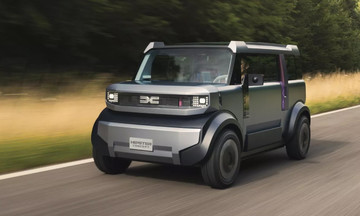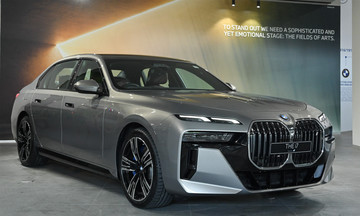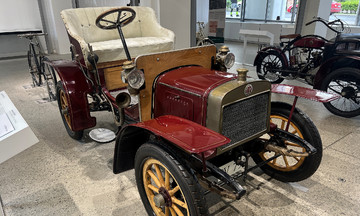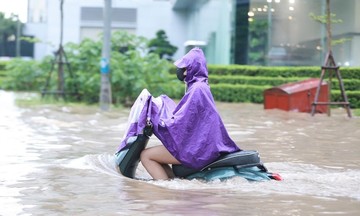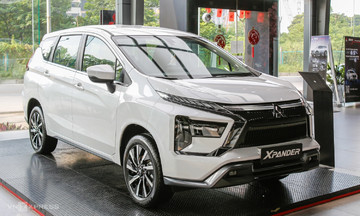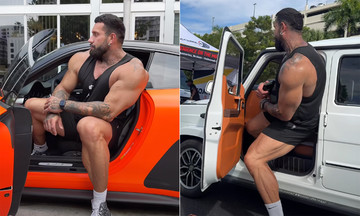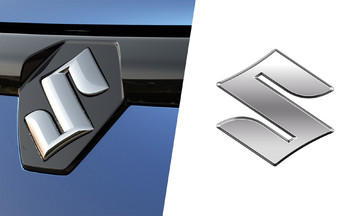Vietnam currently has over 70 million motorcycles and about 6 million cars. Except for highways, these vehicles often share lanes in urban areas, leading to traffic conflicts. Motorcycles weave between cars, while cars encroach on motorcycle lanes or make risky passes. Recently, the Traffic Police Department proposed narrowing car lanes in inner cities to below 3.5 m to encourage more orderly traffic flow.
Many Asian cities have faced similar challenges. Taiwan, China, and Thailand all have large numbers of motorcycles, but their different organizational approaches and regulations have led to more orderly traffic without narrowing car lanes.
Taiwan: dedicated lanes and motorcycle boxes
Taiwan has one of the highest motorcycle densities globally, with over 14 million motorcycles for a population of about 23 million, according to 2025 World Population Review data. To manage this, authorities mandate that motorcycles stay to the far right, with many streets featuring dedicated two-wheeler lanes that cars cannot enter, under penalty of fines. Conversely, motorcycles are restricted from car lanes except in specific cases where no dedicated lanes exist, but they must still adhere to the far right.
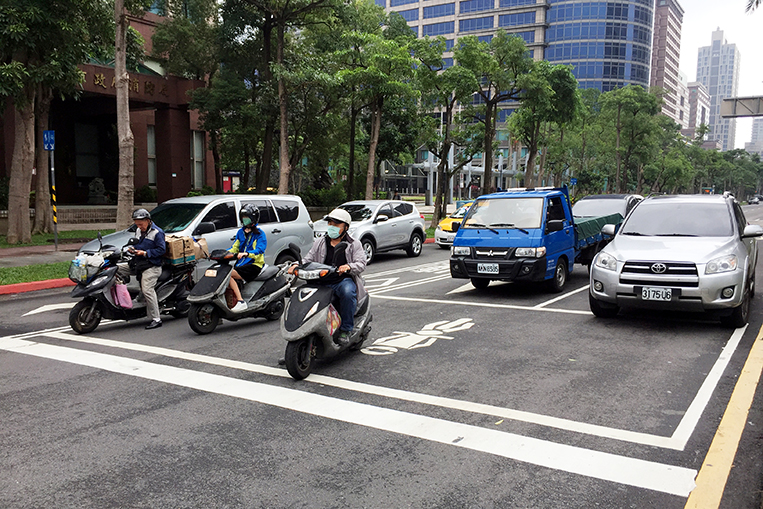 |
Separate motorcycle and car waiting areas at a traffic light in Taipei. Photo: Frank Schuengel |
Separate motorcycle and car waiting areas at a traffic light in Taipei. Photo: Frank Schuengel
Motorcycles are banned entirely on highways and many major bridges. These strict lane divisions and enforcement contribute to Taiwan's orderly traffic despite the high motorcycle density.
A distinctive feature of Taiwanese roads is the "motorcycle box," a painted square in front of car stopping lines at intersections. This allows motorcycles to queue separately at red lights, reducing conflicts and collisions when the light turns green. However, for motorcycles to access these boxes, cars must avoid diagonal parking and adhere to designated lane markings.
China: physical separation of cars and motorcycles
China's approach to motorcycle traffic management differs significantly from many other Asian countries. In major cities like Beijing, Shanghai, and Guangzhou, traditional motorcycles face heavy restrictions or outright bans in many inner-city districts to alleviate congestion and pollution. Electric two-wheelers (e-bikes) are common but subject to strict rules: they must use dedicated right-hand lanes, adhere to speed limits, and avoid car lanes. Many local governments have invested in wide lanes for non-motorized vehicles and e-bikes, separated by physical barriers like steel fences or low concrete dividers, minimizing collisions with cars.
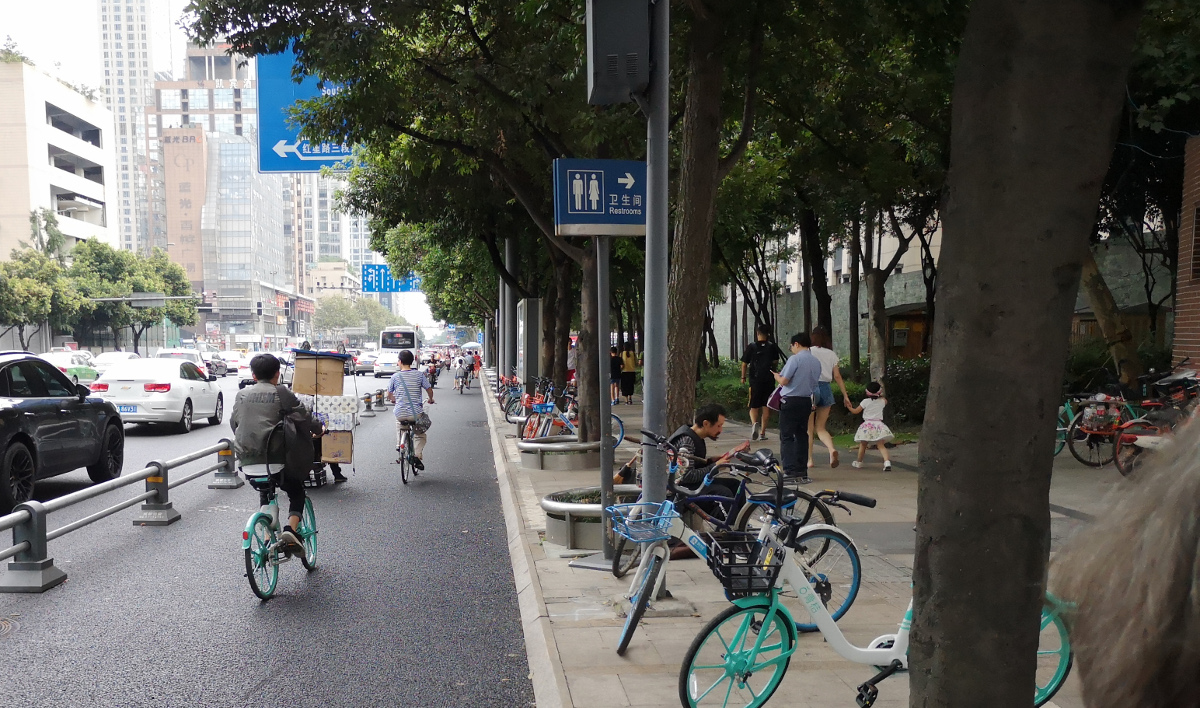 |
A hard divider between two-wheeler and car lanes in Chengdu. Photo: ViewpointVancouver |
A hard divider between two-wheeler and car lanes in Chengdu. Photo: ViewpointVancouver
In other large cities where motorcycles are permitted, authorities enforce strict regulations, including designated riding zones and bans on highways and ring roads. At intersections, many cities, like Taiwan, employ motorcycle boxes for separate queuing and starting, reducing collisions. Chinese traffic police strictly penalize lane violations, red-light running, and wrong-way driving, backed by hefty fines and extensive camera surveillance.
This combination of separate infrastructure, strict laws, and surveillance technology maintains order despite China's high traffic volume.
Thailand: motorcycles to the right
In Thailand, especially in Bangkok, motorcycles share lanes with cars but must stay to the far right. Some main roads even have dedicated auxiliary lanes for two-wheelers. Heavy fines penalize motorcycles encroaching on high-speed car lanes or weaving through traffic.
During Bangkok's rush hour, dense motorcycle traffic often squeezes into gaps between car lanes to move faster. While common, most motorcyclists maintain safe distances, refrain from excessive honking, and queue orderly. Traffic police presence at bottlenecks deters reckless driving. This allows for a degree of order despite the mixed traffic and congestion.
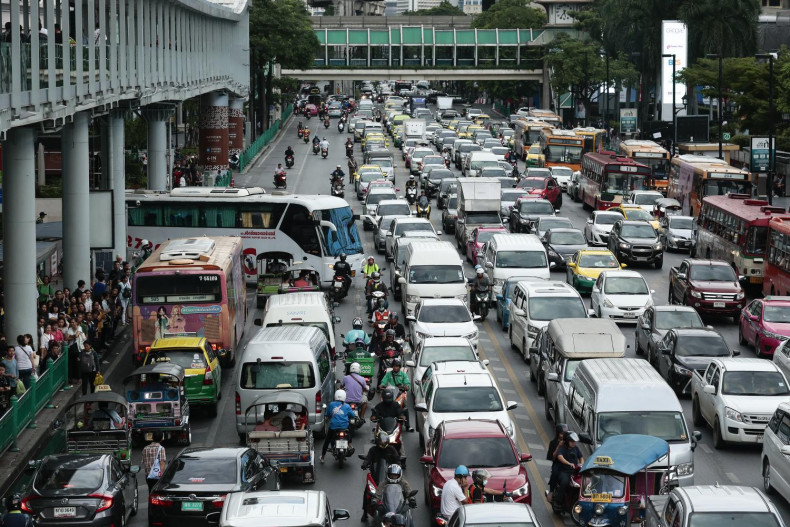 |
Some motorcycles still squeeze through car lanes during rush hour in Bangkok. Photo: BangkokPost |
Some motorcycles still squeeze through car lanes during rush hour in Bangkok. Photo: BangkokPost
These examples share common strategies: dedicated motorcycle lanes or waiting areas, clear rules about motorcycle positioning (far right), increased surveillance, and strict enforcement to maintain order.
When infrastructure is insufficient, a common solution is restricting or banning motorcycles on major roads and in central areas, as seen in China. This demonstrates how traffic management and strong enforcement can maintain order even in congested urban environments.
Ho Tan




